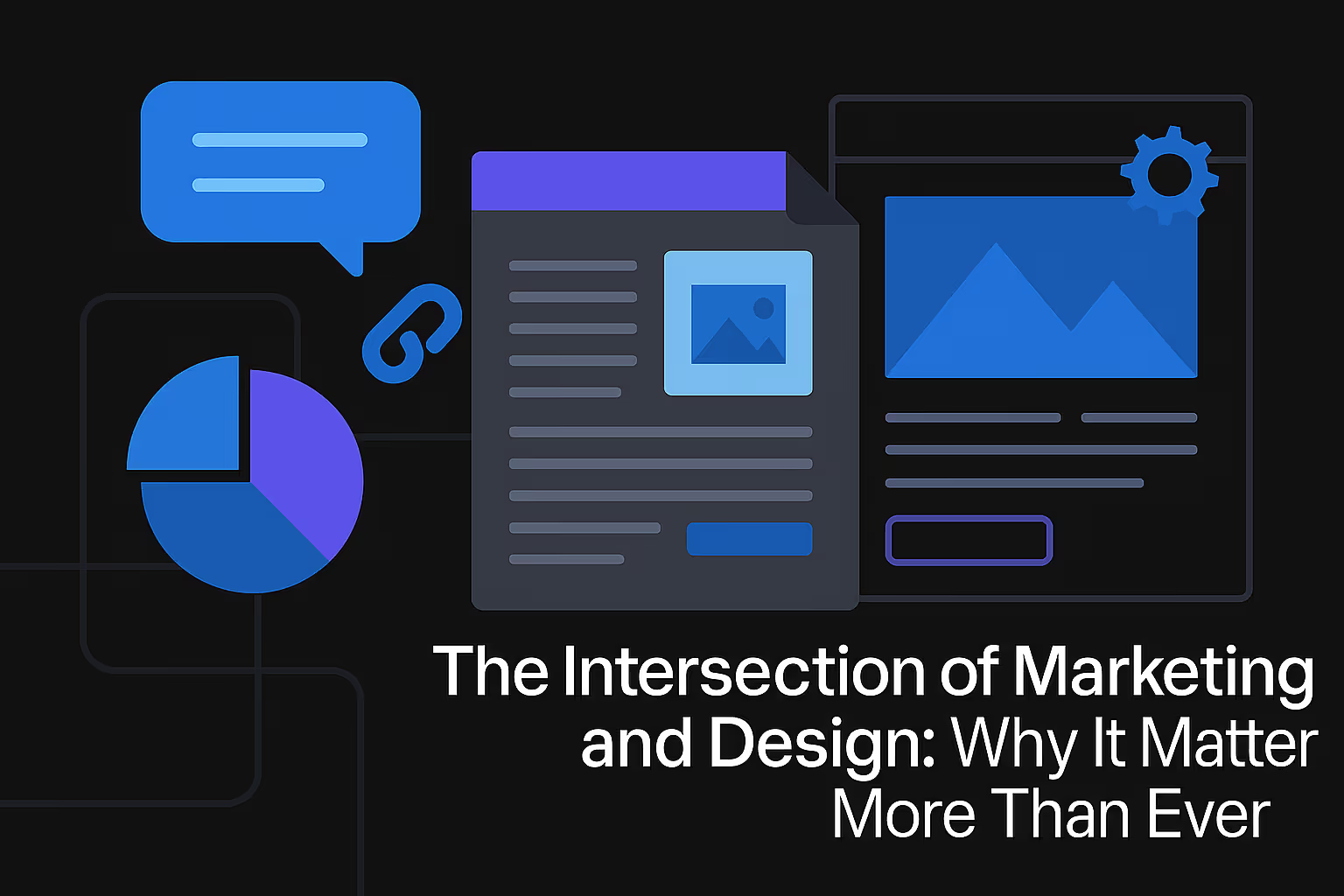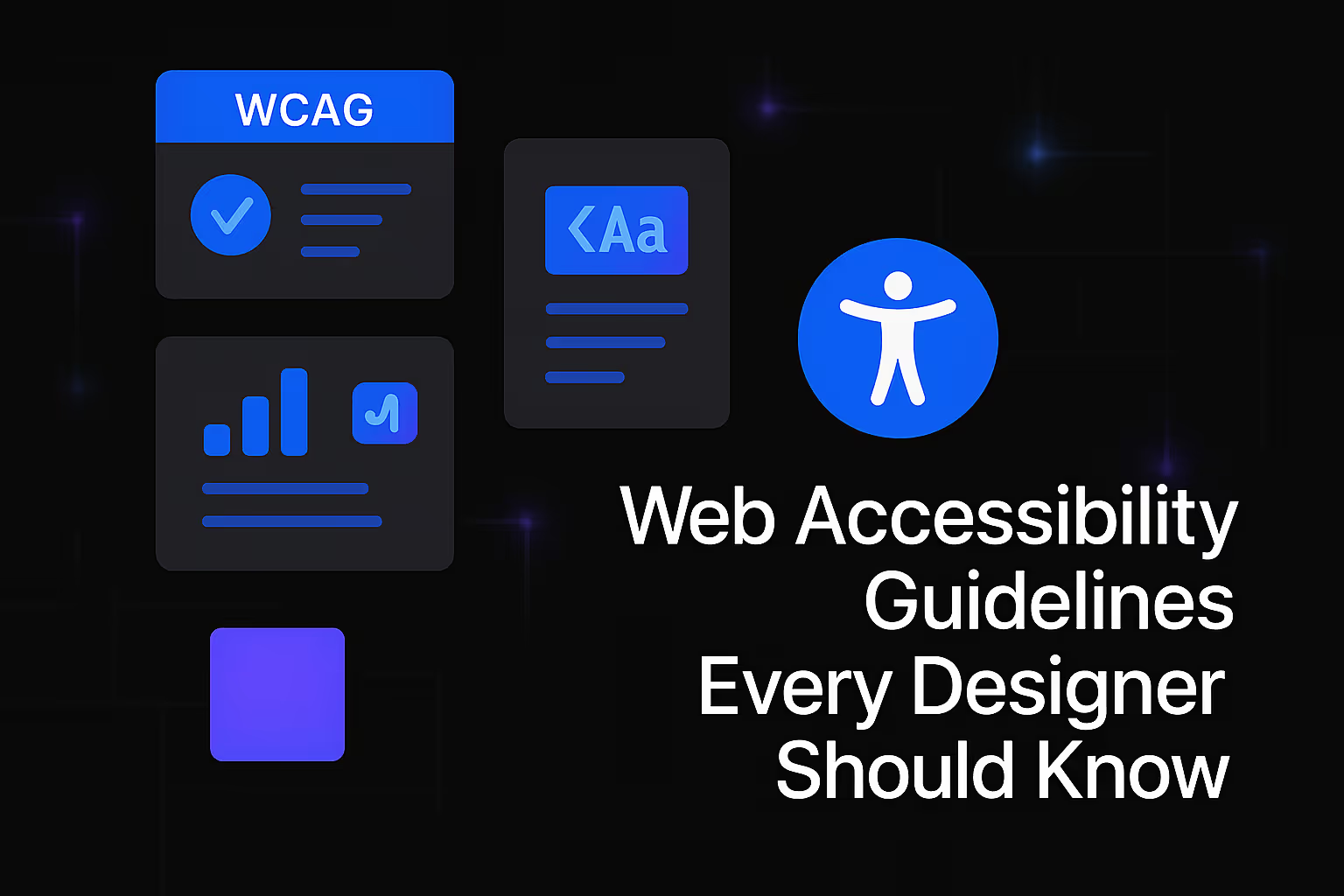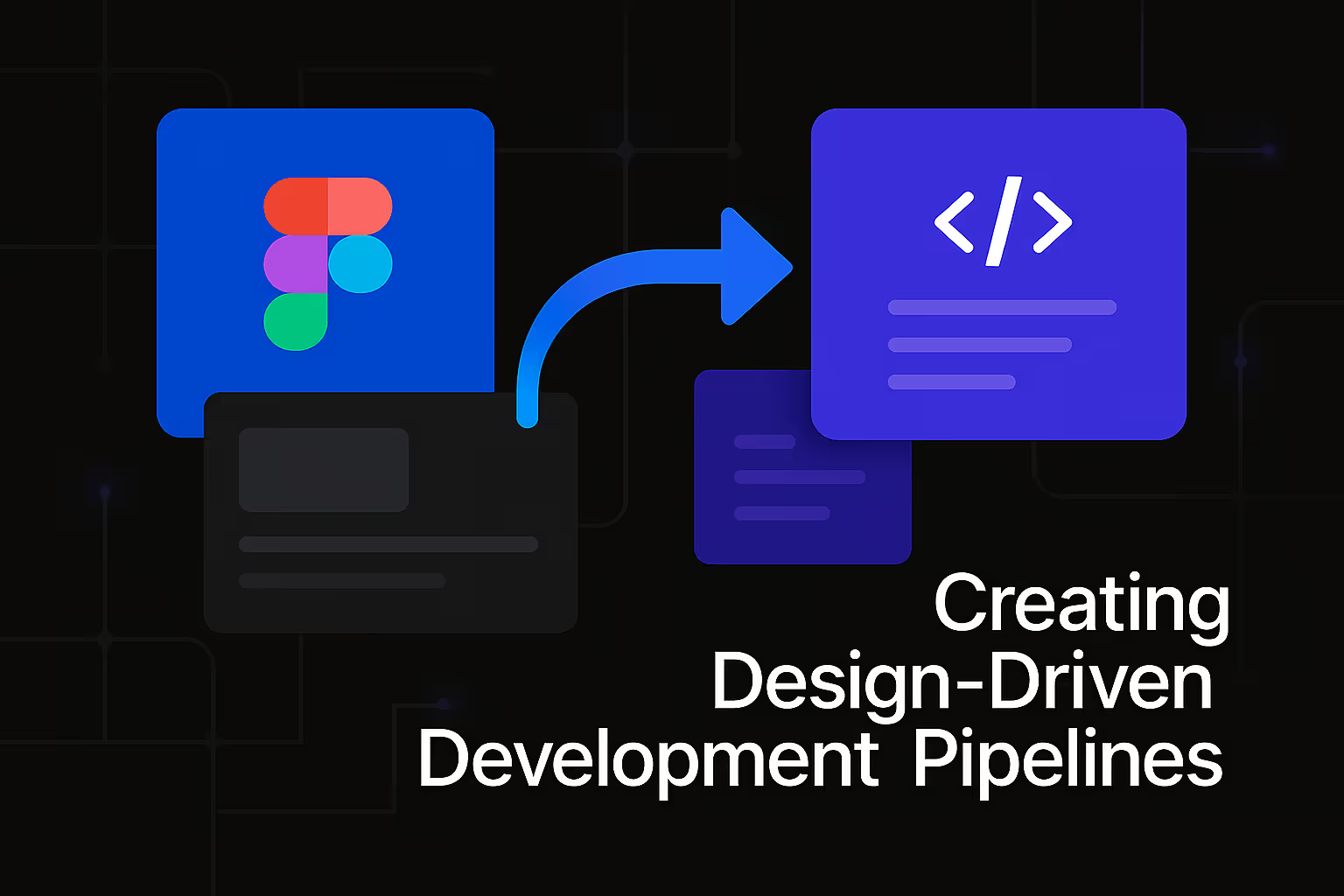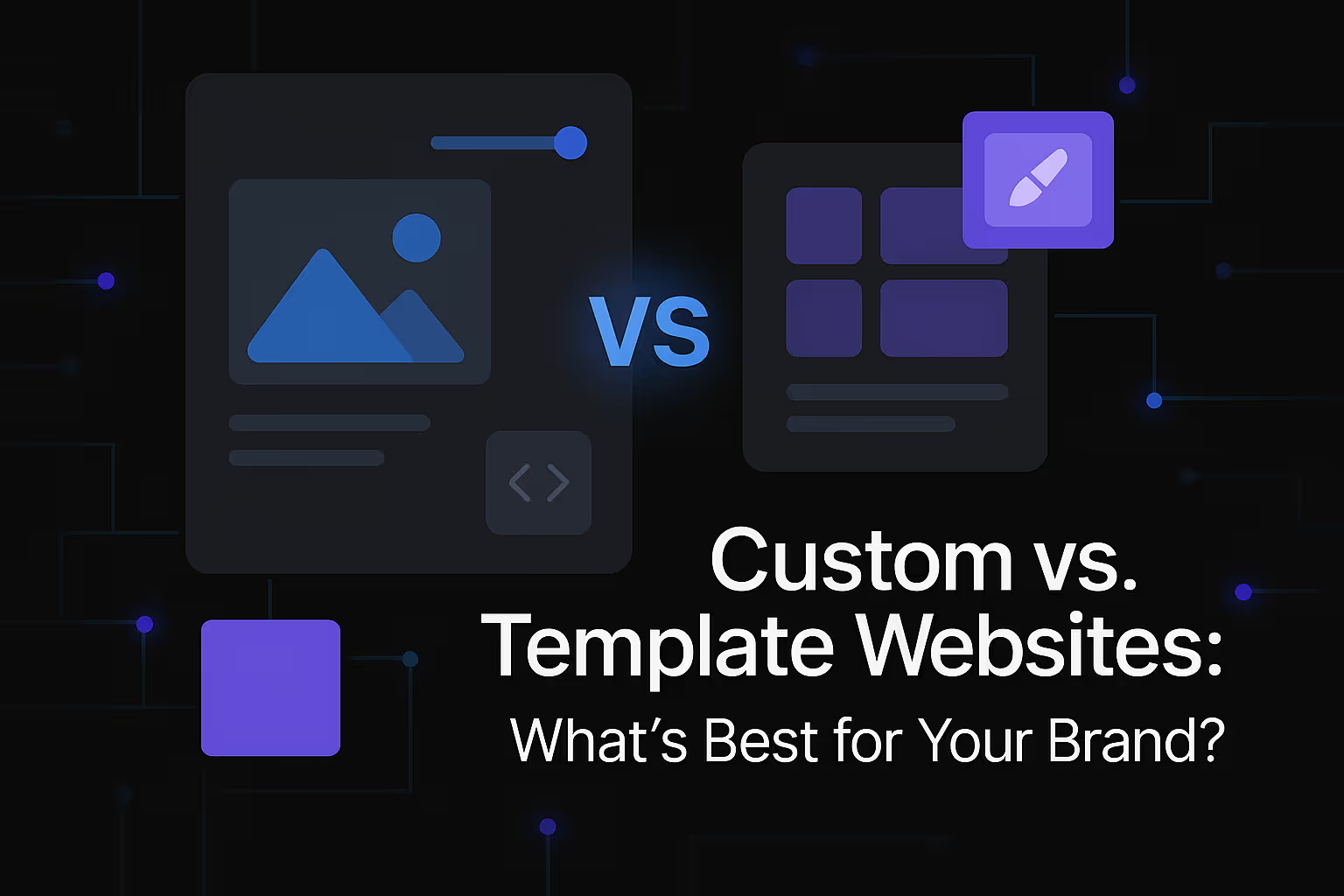The Intersection of Marketing and Design: Why It Matters More Than Ever

In today's hyper-competitive digital landscape, the lines between marketing and design have blurred, converging into a single, indispensable force. No longer can these disciplines operate in isolation, with one creating and the other promoting. The contemporary market demands a seamless, integrated approach where marketing insights inform design decisions, and design acts as a powerful marketing tool. This profound intersection is not merely a trend; it is the fundamental pillar upon which successful brands are built, customer loyalty is forged, and sustainable growth is achieved. Understanding and mastering this synergy is paramount for any entity striving to capture attention, convey value, and cultivate meaningful connections with its audience. The discerning consumer, bombarded by information, instinctively gravitates towards experiences that are both visually appealing and inherently useful, making the harmonious collaboration of marketing and design more critical than ever before.
Beyond Aesthetics: Design as a Strategic Marketing Imperative
For too long, design has been relegated to the realm of mere aesthetics—a decorative layer applied after the core marketing message is conceived. This outdated perspective fundamentally misunderstands the strategic power that design wields. In reality, design is not just about making things look good; it is about problem-solving, communicating value, and shaping user perception at every touchpoint. It is an active participant in the marketing funnel, influencing everything from initial brand recognition to conversion and retention. When viewed through a strategic lens, design becomes an indispensable tool for achieving marketing objectives, transcending surface-level appeal to become a core driver of business success.
Building Brand Identity and Recognition Through Visual Language
At its heart, marketing is about building a brand—a unique identity that resonates with consumers and differentiates an organization from its competitors. This identity is not merely a collection of slogans or mission statements; it is fundamentally shaped by visual language. Design provides the visual vocabulary that defines a brand's personality, values, and promise. From the carefully chosen color palette of a logo to the consistent typography across all marketing materials, every design element contributes to a cohesive and memorable brand identity. When this visual language is consistent and thoughtfully executed, it fosters immediate recognition and builds trust. Consumers associate specific visual cues with particular brands, creating a subconscious connection that reinforces recall and preference. In a world saturated with information, a strong, consistent visual identity helps a brand cut through the noise, making it instantly identifiable and inherently more trustworthy in the eyes of its target audience. This unwavering consistency, driven by a deep understanding of marketing goals, ensures that every visual piece, whether a website banner or a social media graphic, reinforces the central brand message, building a cohesive and indelible presence in the consumer's mind.
Enhancing User Experience (UX) to Drive Engagement and Conversions
The journey a customer takes, from initial awareness to final purchase and beyond, is profoundly influenced by user experience (UX) design. In the digital realm, a website or application's usability and intuitive navigation are not merely conveniences; they are critical drivers of engagement and conversion. A poorly designed interface can lead to frustration, quick abandonment, and lost opportunities, regardless of how compelling the underlying marketing message might be. Conversely, a well-crafted UX, informed by deep marketing insights into user behavior and preferences, guides the user seamlessly through the desired pathways. This means understanding where users click, what information they seek, and what obstacles they might encounter. Design, in this context, becomes the architect of the customer journey, optimizing every interaction to be smooth, intuitive, and ultimately rewarding. By removing friction points and creating an enjoyable experience, design significantly increases the likelihood of a user engaging with content, filling out a form, making a purchase, or taking any other desired action. The synergy between marketing's understanding of consumer needs and design's ability to create intuitive interfaces directly translates into higher conversion rates and a more positive brand perception.
Storytelling and Emotional Connection: The Power of Visual Narratives
Humans are inherently wired for stories, and brands that can effectively weave compelling narratives often capture the hearts and minds of their audience. While words play a crucial role, design provides the visual canvas upon which these stories are painted, transforming abstract concepts into tangible, relatable experiences. Through imagery, video, infographics, and interactive elements, design has the unique ability to evoke emotions, build empathy, and communicate complex messages with immediate impact. A well-designed advertisement or website hero section can instantly convey a brand's ethos or the core benefit of a product far more powerfully than plain text alone. This visual storytelling allows brands to connect with consumers on a deeper, more emotional level, fostering loyalty and a sense of shared values. Marketing identifies the narrative threads that will resonate with the target audience, and design translates these threads into a powerful, visually immersive experience that leaves a lasting impression. The emotional resonance created through thoughtful design not only attracts attention but also builds a stronger, more enduring bond between the brand and its customers.
Marketing's Role in Shaping Design for Maximum Impact
While design brings the visual prowess, marketing provides the essential intelligence and strategic direction necessary for design to achieve its full potential. Marketing is the voice of the customer, the interpreter of market trends, and the architect of business objectives. Without these crucial insights, design risks becoming beautiful but ineffective, failing to connect with the target audience or drive measurable results. The integration of marketing knowledge into the design process ensures that every visual output is not only aesthetically pleasing but also purpose-driven, strategically aligned, and optimized for performance. This symbiotic relationship ensures that design decisions are grounded in real-world data and business goals, maximizing their impact and return on investment.
Data-Driven Design: Leveraging Market Research and Analytics
In the age of big data, relying solely on intuition in design is a gamble. Marketing brings invaluable market research and analytical insights to the design table, transforming subjective artistic choices into data-informed decisions. Understanding target audience demographics, psychographics, pain points, and preferences through market research allows designers to create visuals that truly resonate. Furthermore, marketing analytics provide crucial feedback on the performance of existing design elements. Heatmaps can reveal where users click or ignore, A/B tests can pinpoint which visual variations drive higher conversions, and user testing can uncover usability issues that might otherwise go unnoticed. This data-driven approach ensures that design is continuously optimized for performance. It's about moving beyond assumptions and instead basing design choices on empirical evidence of what works best for the intended audience, leading to designs that are not only appealing but also highly effective in achieving specific marketing objectives. This continuous feedback loop of data informing design iterations is a cornerstone of agile and effective marketing strategies.
Optimizing for Discoverability: SEO and the Visual Landscape
For design to effectively market a product or service, it must first be discoverable. This is where the principles of Search Engine Optimization (SEO) become critically important, even for visual elements. Marketing understands the intricacies of search engine algorithms, keyword research, and user search intent. These insights must then be translated into design considerations. For instance, images need proper alt text descriptions that are rich in relevant keywords, ensuring they are indexed by search engines and accessible to users with visual impairments. Website design must prioritize fast loading times and mobile responsiveness, as these are significant ranking factors for search engines. The structure of a website, including clear navigation and internal linking, is a design consideration that directly impacts crawlability and indexability. Even the layout of content on a page, including the use of headings and visual hierarchy, influences how search engines understand the context and relevance of the information presented. By embedding SEO best practices into the design process from the outset, marketing ensures that visually compelling content is also readily discoverable, attracting organic traffic and expanding the brand's reach.
Crafting Compelling Calls to Action and Conversion Pathways
The ultimate goal of most marketing efforts is to drive a specific action—a purchase, a sign-up, a download, or a contact request. Design plays a pivotal role in guiding users towards these desired conversion pathways through strategically placed and compelling calls to action (CTAs). Marketing determines what action needs to be taken and who needs to take it, while design determines how to present that action in the most persuasive and user-friendly way. This involves considerations such as the color and size of buttons, their placement on the page, the clarity and conciseness of the accompanying text, and the overall visual hierarchy that draws the eye to the desired action. A marketing team might identify a need for increased newsletter subscriptions, and the design team would then create an opt-in form that is visually appealing, easy to complete, and strategically positioned to maximize sign-ups. Without design's expertise in visual persuasion and user interface, even the most brilliant marketing strategy might fail to convert interest into tangible results. The effectiveness of a CTA is a direct result of the harmonious blend of marketing psychology and design execution, ensuring that the user’s journey culminates in a successful and intuitive conversion.
The Synergistic Benefits: A Holistic Approach for Unprecedented Growth
When marketing and design truly operate as an integrated unit, the results extend far beyond mere operational efficiency; they lead to a holistic strengthening of the brand and significant, sustainable business growth. This synergy creates a virtuous cycle where each discipline elevates the other, resulting in a more cohesive, impactful, and ultimately successful presence in the market. The combined power unlocks opportunities that would be unattainable through fragmented efforts, leading to amplified resonance, improved financial returns, and enhanced adaptability in an ever-changing digital landscape.
Amplified Brand Resonance and Customer Loyalty
A truly integrated marketing and design strategy culminates in amplified brand resonance. This means the brand's message is not just heard, but deeply felt and remembered by the target audience. When every visual element, from a social media ad to the product packaging, consistently reinforces the marketing message, it creates a powerful, unified brand experience. This consistency builds trust and credibility, as consumers perceive a brand that is thoughtful, professional, and reliable. Over time, this consistent and positive experience fosters deep customer loyalty. When customers feel understood, valued, and consistently engaged through well-designed and well-marketed touchpoints, they are more likely to become repeat buyers, advocates, and brand evangelists. This resonance transcends fleeting attention; it creates an emotional connection that transforms transactional relationships into enduring partnerships, securing a valuable and engaged customer base that is resilient to competitive pressures.
Improved ROI and Sustainable Business Growth
The business implications of a seamlessly integrated marketing and design approach are profound, leading directly to improved return on investment (ROI) and sustainable growth. When design is informed by marketing data, and marketing leverages compelling design, campaigns become inherently more effective. Visually engaging content captures more attention, leading to higher click-through rates. Intuitive user experiences result in lower bounce rates and higher conversion rates. A consistent brand identity reduces marketing spend by improving brand recall and reducing the need for constant reintroduction. Moreover, the efficiency gained from streamlined processes, where designers and marketers collaborate from the outset, minimizes rework and maximizes productivity. This integrated model is not just about making things look good; it's about making them perform better, leading to tangible business outcomes such as increased leads, higher sales volumes, and stronger market share. The compounding effect of these efficiencies and improved performance translates directly into a healthier bottom line and the financial strength necessary for continuous innovation and expansion.
Navigating the Evolving Digital Landscape with Agility
The digital landscape is in a constant state of flux, with new technologies, platforms, and consumer behaviors emerging at an unprecedented pace. An integrated marketing and design team is inherently better equipped to navigate this evolving environment with agility. Marketing intelligence can quickly identify emerging trends and shifts in consumer preferences, and this data can be rapidly translated into new design approaches. For example, if a new social media platform gains traction, the combined team can swiftly develop a visual strategy tailored to that platform's unique aesthetic and user base, ensuring the brand remains relevant and competitive. This collaborative model fosters a culture of continuous learning and adaptation, allowing businesses to pivot quickly, test new ideas, and optimize their strategies in real-time. This responsiveness is crucial for maintaining a competitive edge and ensuring that a brand’s presence remains fresh, engaging, and effective, regardless of how the digital world transforms around it. The ability to quickly iterate and refine based on performance data and market shifts is a hallmark of success in today's dynamic digital ecosystem.
In conclusion, the intersection of marketing and design is no longer a luxury but a fundamental necessity for any organization aiming to thrive in the modern marketplace. It is the crucible where strategic insights meet creative execution, forging brands that are not only seen but also felt, trusted, and remembered. By embracing this indispensable nexus, businesses can unlock unprecedented levels of engagement, loyalty, and growth, ensuring their message resonates powerfully and their presence endures in an increasingly crowded and visually driven world. The future of successful branding and customer connection lies in the unwavering commitment to this profound and powerful synergy.
Similar Insights
Stay Updated with Our Insights
Join our newsletter for the latest trends and tips in web development and digital marketing.




